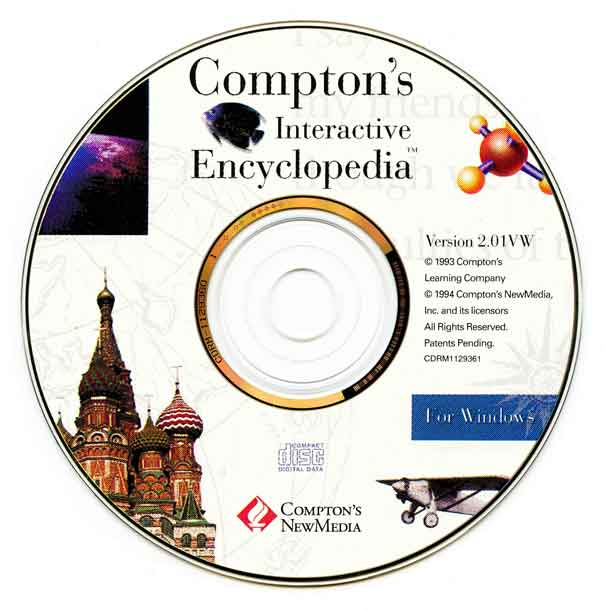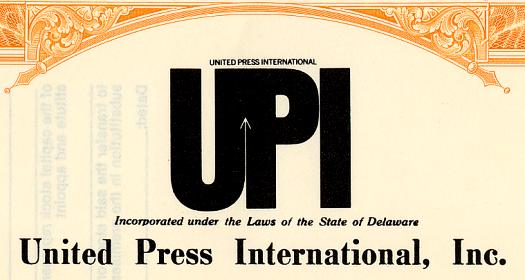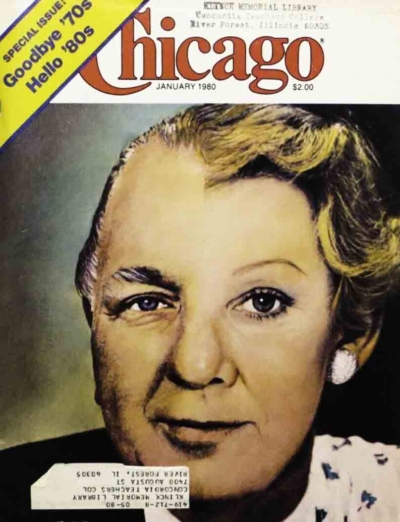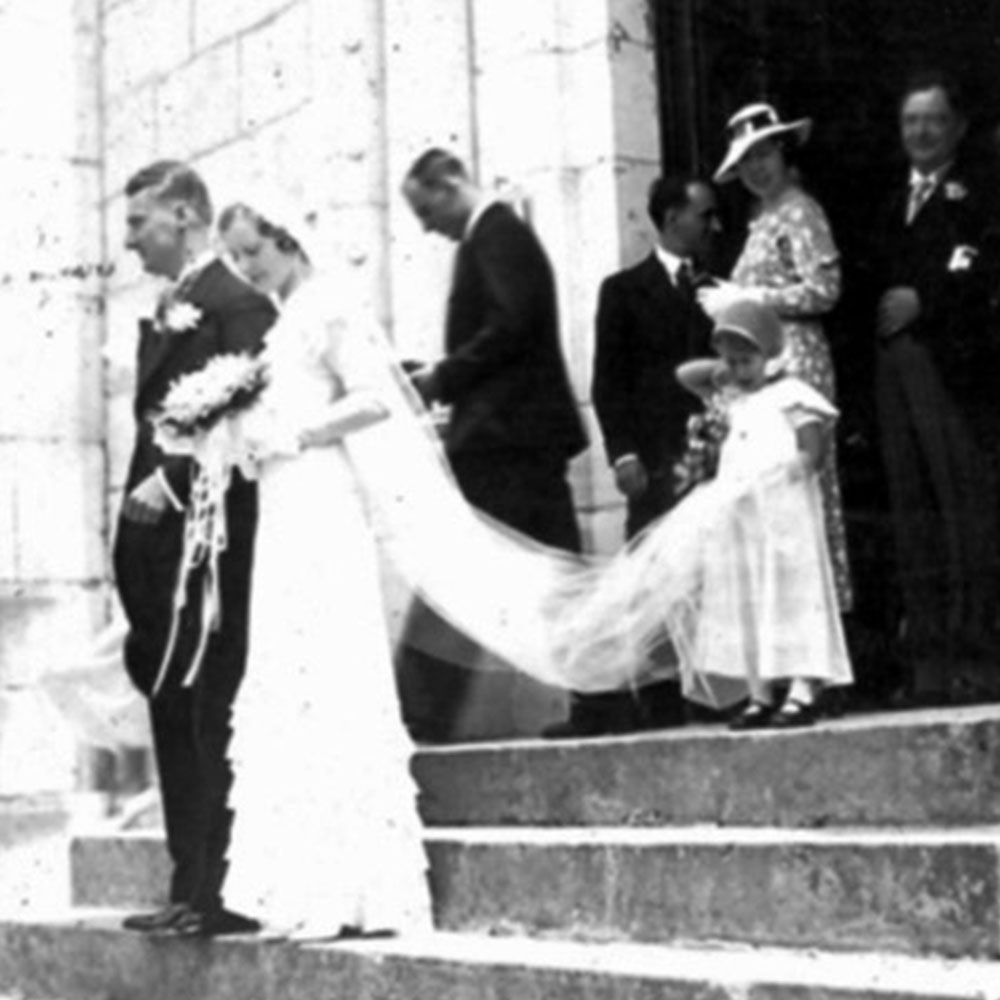In scrambling for cash to meet payrolls, UPI at this time was awash with highly paid consultants. Disadvantaging its growing legion of creditors, Baha’i friends and acquaintances of Ruhe and Geissler increasingly began to propose and execute purchases of UPI assets on extremely favorable terms. Major staff cuts and salary reductions and sweetheart asset divestitures were the order of the day. Ruhe and Geissler also continued to siphon cash from the company through payments to their Focus holdings. Under pressure to deliver a life-saving loan to the company, Alhauser later revealed Focus had been receiving $150,000 to $200,000 a month from UPI, though it was not seen in financial statements. This was far in excess of Ruhe and Geissler’s salaries. According to the book Down to the Wire in 1984:
UPI was sinking in debt, swamped by its staggering communications burden, by the costs of the moves, by fees to a proliferation of highly paid consultants, and by costly joint-venture deals. Compounding the problem was the owners’ secret transfer of cash from UPI to Focus. During 1983, it would total $1.434 million.
The dire straits the company was in could be seen in the explosion of trade creditor debt. AT&T and RCA Service Co. were several of UPI’s largest trade creditors. UPI was getting way behind in paying the monthly cost of leasing the telephone lines and teletype machines that were essential to running its offices and carrying news stories to its customers.
The Richard Harnett and Billy Ferguson book, Unipress: United Press International Covering the 20th Century, reports that the UPI Controller in this period couldn’t convince Ruhe that UPI was running out of money and was regularly disparaged by Ruhe as a “bean counter” for his efforts. The Treasurer Alhauser was said to be either oblivious to the problem or not willing to confront Ruhe and Geissler about money. The exceptional rise in accounts payable produced a bizarre administrative fiasco.
To ensure a smooth transition, Scripps had agreed to handle UPI’s payments to vendors for a period of time after the sale to Ruhe and Geissler. At a later point, UPI’s finance department needed to manage the task of sending checks to its suppliers of goods and services. When the cutover came, UPI’s computer was duly programmed to print out these checks as soon as the invoices for these expenses were approved. However, UPI’s Controller was in no position to mail checks if the funds in the company’s checking account wouldn’t cover them.
Payroll, rent, telephone and teletype service were all top priorities, but even here arrearages began building up. When a lower-priority check would produce an overdraft if cashed by the payee, it would be held back. In a sign of impending disaster, at one point nearly $1 million in checks had piled up this way in the Controller’s desk.
These financial problems continued to be ignored, and Ruhe and Geissler shortly threw a lavish party to celebrate the opening of its new Washington, D.C., news headquarters. For a company headed down the tubes, an inexpensive press release announcement might have been a more sensible alternative than an over-the-top, costly blowout. In the 9th floor executive suite of a newly constructed 12-story building above the subway station at 14th and I Streets NW, a large crowd from Capitol Hill and media organizations milled about the new space feasting on hors d’oeuvres and drinking case after case of spirits and champagne. Gordon and Cohen in Down to the Wire succinctly said of the party, “Ruhe and Geissler spent money as if they had it.”
The main newsroom had been successfully moved from Manhattan to the new building but moving the New York radio studios for UPI’s news reports on the hour and half-hour proved to be a major problem and caused a massive cost overrun in the budget for the move. It turned out no one had thought about recreating the necessary soundproofing for the Washington studios. Part of the new offices had simply been partitioned off with glass walls and fitted with desks and microphones. Immediately the many radio stations across the country dependent on retransmitting these reports complained that the voices of UPI’s commentators were hard to hear. The problem was low-frequency background noise from the heating and air conditioning fans in the ceiling ventilation ducts. Fixing this was a complicated task that both disrupted the broadcast part of the business and cost an arm and a leg as well.
By spring 1984, UPI was again running out of cash. Desperate to stave off the loss of control that would come with bankruptcy of UPI, Ruhe had decided to sell off UPI’s crown jewel, its newspicture service. This was an international enterprise that sold breaking news photos from around the world to all UPI’s newspaper clients. Mike Hughes, UPI’s head of the picture service, feared that if Ruhe went ahead, the estimated cost to recreate the asset would be about $25 million. Ruhe began secret sale negotiations in Brentwood with Peter Holland, an executive of London-based Reuters.
Holland must have seemed certain he would shortly strike a deal with Ruhe. Reuters was about to go public in a stock offering and in a June 4, 1984, sale prospectus stated that it would soon enter into a five-year joint venture agreement that would obtain UPI’s overseas picture business for $7.5 million. This was even before Holland got on an airplane to Nashville to firm up the details of the deal. Not long after he arrived, Ruhe called me into his Brentwood office and told me to draft a memo spelling out terms of the agreement they had just struck. UPI was to get an immediate infusion of $3.3 million in cash, with another $2.4 million paid out in installments over five years. This was much less than what Holland had earlier anticipated. In return, Reuters would acquire UPI’s foreign photo staff and send Reuters pictures of American news events. UPI would receive the non-U.S. pictures of the expanded Reuters service but would have to let Reuters gain a foothold in the U.S. by permitting its output to be sold to such large papers as the Washington Post, Baltimore Sun, and New York Times.
Shortly after news of the deal leaked, Linda Neal and Bill Alhauser met Ruhe for breakfast. When both raised questions about the deal, Down to the Wire reports Ruhe shut them down, saying, “Look, the deal is done! Just get the thing signed!” At that point, I got on the next plane to London to negotiate the formal terms and legal details of the agreement that both parties would sign. Not surprisingly, this turned out to be a very one-sided affair.
Normally in a contract negotiation there is always some back and forth as the secondary business terms are put to paper. Holland was quite smart and knew that there was little leverage on the UPI side to negotiate even minor points. Nonetheless, Holland and I closeted ourselves in the Board of Directors room of the Reuters headquarters at 85 Fleet Street in London and started our discussions. Watching over our negotiation across the large boardroom table was a portrait of founder Paul Reuter. We had made some progress during the daylight hours when the unexpected occurred. After a knock on the door, we were served with papers issued by a New York court stating that signing the agreement and going ahead with the transaction was prohibited.
Once the shock wore off, we began assessing this development. We ultimately decided to ignore the court development and proceeded to finalize the agreement. This took hours and had us spending the night in the boardroom. Then, we not only had to wait for the papers to be typed up in final form, but we had to wait for Ruhe to fly in from Nashville to sign them. Holland relieved the boredom of our boardroom siege in the early morning hours by breaking out a bottle of Scotch from a hidden Reuters liquor stash. He proved to be a delightful and convivial business opponent as we took a break waiting for the typing to finish, still on the opposite sides of the table.
Back in Nashville Jack Kenny, the newly hired financial operating officer brought in at Foothill’s insistence to cover for the inexperience and befuddlement of Alhauser, was beginning to clear some of the most pressing vendor invoices. He was being helped by a new Controller, Peggy Self, who had also been brought on as his assistant. They had been hired after Foothill, worried about UPI defaulting on its $4 million loan, had assessed Alhauser as inadequate for the task of managing the company’s finances.
When Kenny and Self arrived in spring 1984, they were immediately confronted with a host of angry creditors and little cash to pay them. Both were quickly appalled by Ruhe’s instructions to pay his consulting friends and cronies ahead of critical UPI suppliers.
With the $3 million cash immediately in hand from the Reuters closing, Kenny quickly covered the immediate payroll due, followed by checks to the creditors that were by that time threatening lawsuits for nonpayment. By the time Ruhe had returned to Nashville from signing the Reuters agreement in London, the Reuters cash was completely gone.









